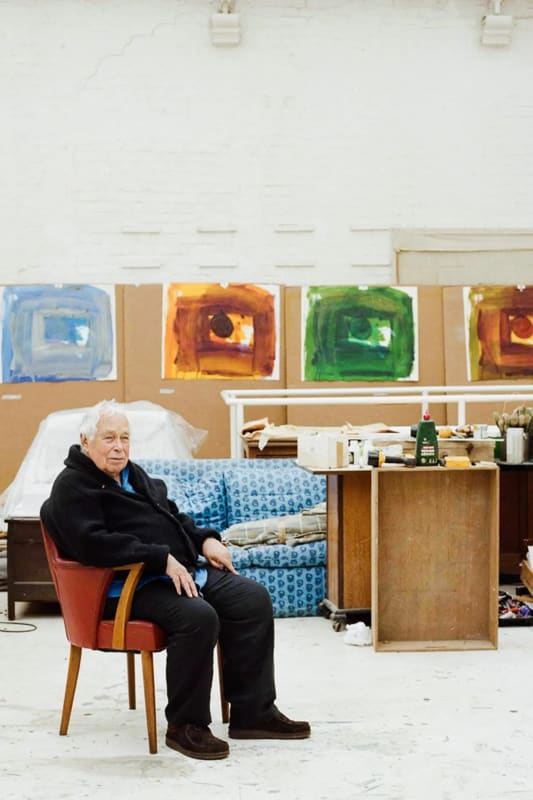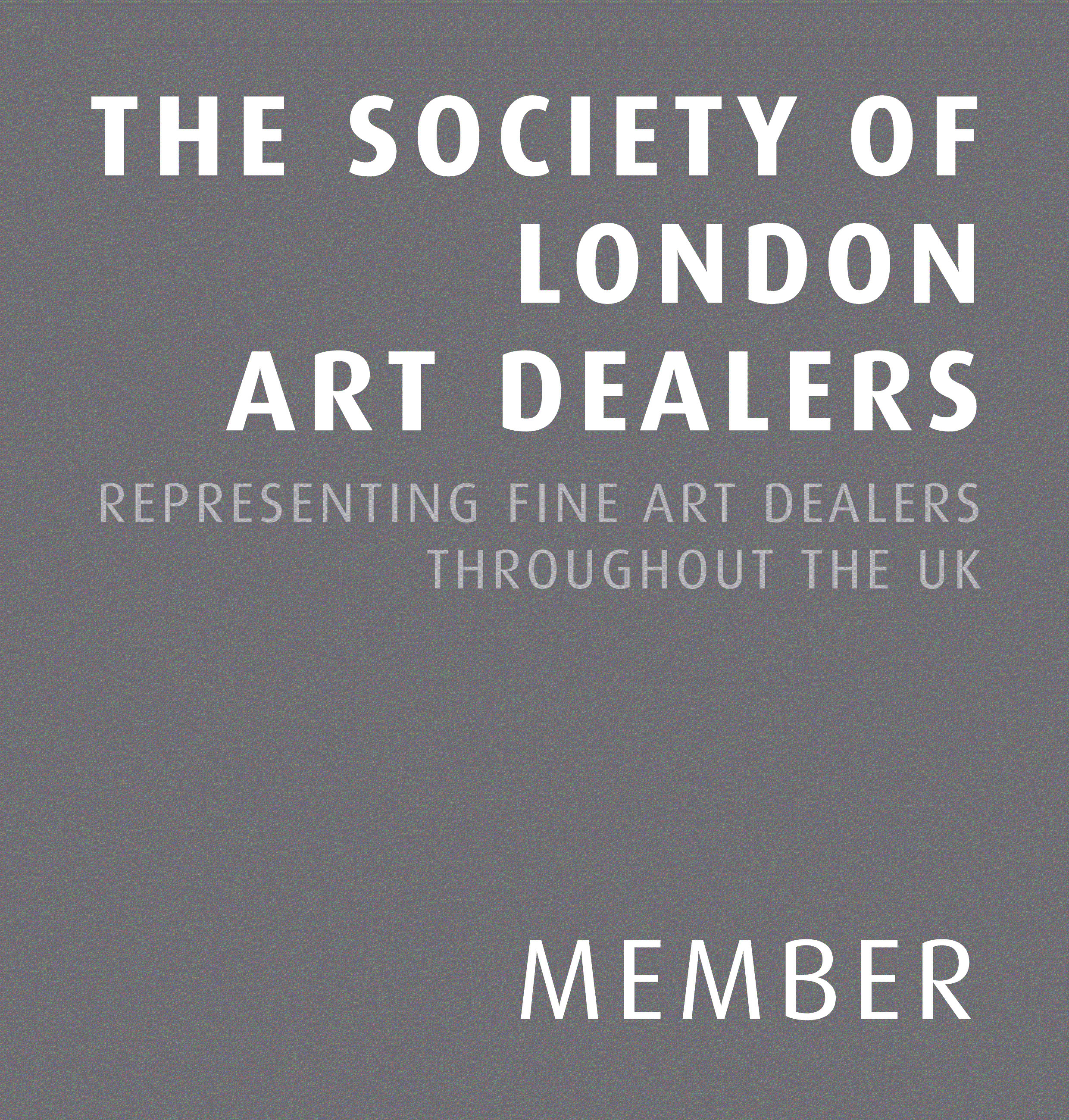Deeply attuned to the complexities of colour, surface and gesture, Howard Hodgkin is one of England's most celebrated contemporary painters. Born in London, Hodgkin grew up in Hammersmith, but was forced to evacuate to Long Island, New York for three years during the Second World War. There, visits to MoMA saw him introuced to works by artists such as Henri Matisse, Édouard Vuillard, and Pierre Bonnard. Returning to England in 1943, Hodgkin ran away from Eton College and Bryanston School, convinced that education would impede his progress as an artist, before enrolling at Camberwell School of Arts and Crafts (1949–50) and Bath Academy of Art, Corsham (1950–54), where he took formal artistic training.
Throughout his career, Hodgkin remained independednt to many of his contemporaries. Positioning himself outside of the London School and the Pop artists that largely definied 1960s London, Hodgkin marked his maverick status with a series of portraits, painted of
contemporary artists and their families. His abstract paintings are characterised by bold brushstrokes, which often continue beyond the picture plane and onto the artwork frame,
breaking free from traditional confines. Embracing time as a compositional element, his work is testament to his immersion in the intangibility of thoughts, feelings, and fleeting private moments. In 1984 Hodgkin represented Britain at the Biennale di Venezia. His exhibition Forty Paintings reopened the Whitechapel Gallery, London, in 1985, and he won the Turner Prize the same year.

